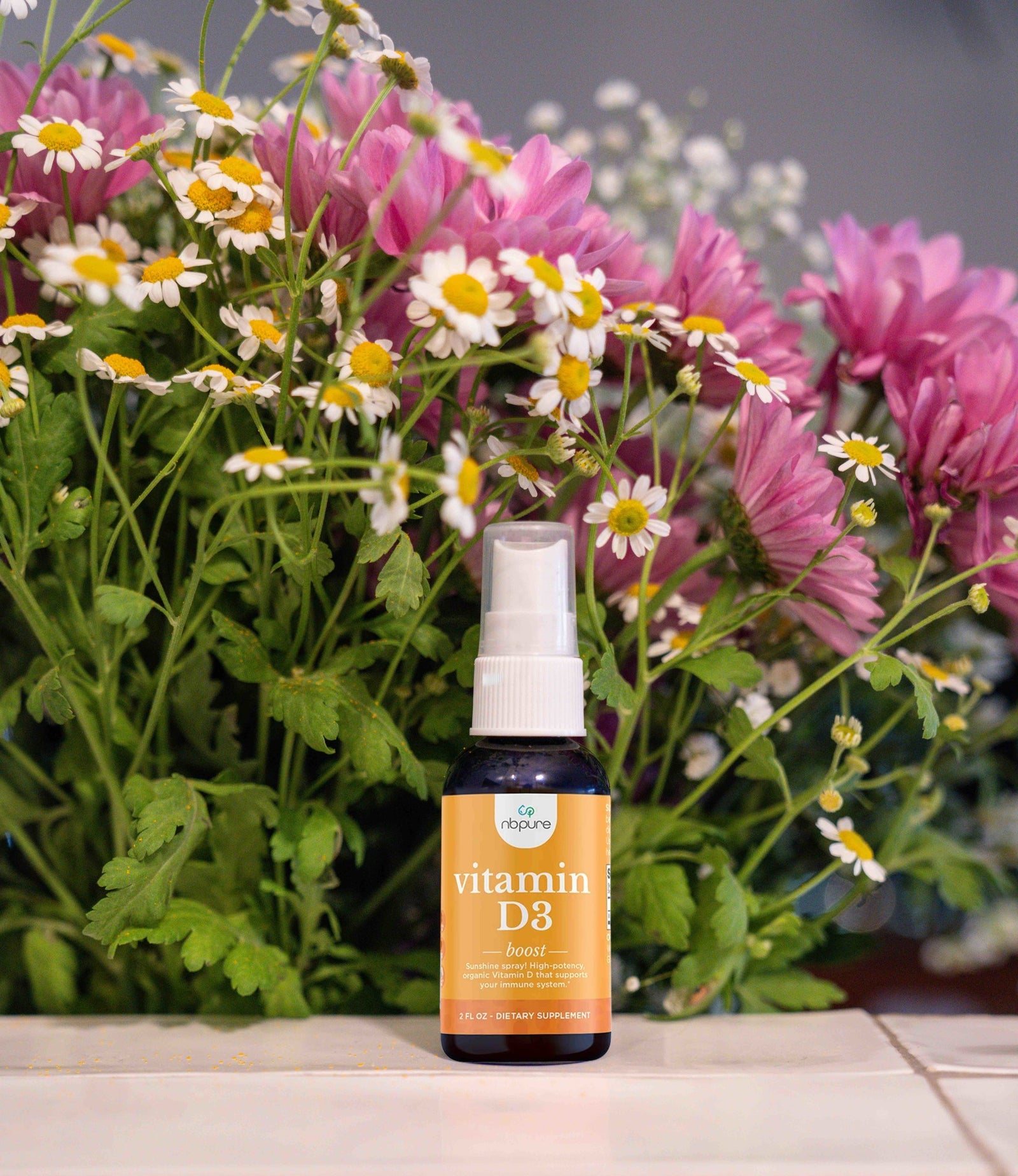Rates of melanoma are on the rise. Here’s what you need to know about skin cancer prevention and vitamin D.
May is Melanoma Awareness Month, and even though melanoma is one of the most common cancers it’s also one of the least discussed. The rates of melanoma have been increasing over the last few decades, and though it is not the most common form of skin cancer, it is the deadliest. One person dies from melanoma every hour of every day. 1 There is a genetic factor to melanoma, but this form of cancer is largely preventable. It’s time to start paying attention to the time we are spending in the sun and how we can fend off this form of cancer.
What is melanoma?
The cells that give skin its brown or tan color are called melanocytes. These cells produce a brown pigment called melanin that helps to protect skin layers from the sun’s rays. When melanocytes begin to grow out of control in the top layer of skin, known as the epidermis, that’s when cancer can form and begin spreading to other parts of the body. Melanoma often appears as either a spot or a mole, often colored brown or black, and these spots are most commonly found on the chest and back areas for men and legs for women. A melanoma tumor could also be colored pink, white, or tan, so it’s best not to ignore any irregular spots that you notice on your skin. The exact cause of why melanoma forms is still unknown, though exposure to ultraviolet (UV) light rays from the sun, or things like tanning beds, significantly increases the risk of melanoma because they can damage the DNA in cells. This damage may lead to the uncontrolled growth and division of cells. This is why early diagnosis is key when it comes to treating melanoma.2
How common is it?
Data from the American Cancer Society shows that the risk of getting melanoma is about 2.6% (1 in 38) for whites, 0.1% (1 in 1,000) for Blacks, and 0.6% (1 in 167) for Hispanics.3 Fair skin that burns easily poses a greater risk because there is less protection against UV radiation. However, there is still a risk for melanoma even with a darker complexion. While melanoma is most common in people over 50, it also greatly affects adults under the age of 30 and the incidence is rising among this demographic. In fact, it’s the most commonly diagnosed cancer among adults aged 25 to 29. The risk increases if you have a first-degree relative that has been diagnosed with melanoma, such as a parent or sibling.1
How can you prevent it?
Melanoma is a form of cancer that is preventable and largely treatable if diagnosed early on. Since UV rays from the sun can lead to cell damage, is the answer to completely avoid the sun? The answer is no. The sun is important for our health as it is our main source of vitamin D. If we avoid the sun completely, we are at risk of becoming deficient in vitamin D, which can bring on unwanted symptoms such as fatigue, depression, hair loss, or bone conditions. Here are some ways to protect yourself from melanoma and vitamin D deficiency:
- Wear at least a low SPF sunscreen throughout all seasons. Yes, cell damage can occur even in winter when the sun is out. A low, broad-spectrum SPF will provide some protection from the sun’s UV rays.
- Enjoy the sun in the morning hours and late afternoon when sun exposure is lighter. Plan your time in the sun to be in the early morning and later afternoon to lessen the exposure to UV rays. Avoid the middle of the day when the UV rays are at their strongest.
- Spray tans can be your new BFF. Skip the tanning bed and opt for a spray tan instead. It will help to preserve the look and health of your skin for the long-term.
- Visit the dermatologist once a year for a skin exam. As a preventative measure, everyone regardless of complexion should consider adding an annual dermatologist exam to their calendar.
- Ask your doctor to check your vitamin D levels annually. Lessening your exposure to the sun means that it’s important to keep a close eye on vitamin D levels. Visit your doctor at least once a year to assess your vitamin D status.
- Consider a vitamin D supplement, especially if you live further away from the equator. For example, it’s very common for people living in the Midwest to be deficient in vitamin D. Our Vitamin D3 spray will help keep your level in the normal range and prevent a deficiency. The spray makes it easy to remember and convenient to take!
The health of our skin is important as it’s our body’s first line of defense against harmful substances and foreign invaders. Taking steps to protect it can help reduce the risk of developing melanoma even when genetic factors may be a factor.
- Home. Melanoma Research Alliance. (n.d.). https://www.curemelanoma.org/.
- Melanoma Skin Cancer Statistics. American Cancer Society. (n.d.). https://www.cancer.org/cancer/melanoma-skin-cancer/about/key-statistics.html.
- What Is Melanoma Skin Cancer?: What Is Melanoma? American Cancer Society. (n.d.). https://www.cancer.org/cancer/melanoma-skin-cancer/about/what-is-melanoma.html.


















